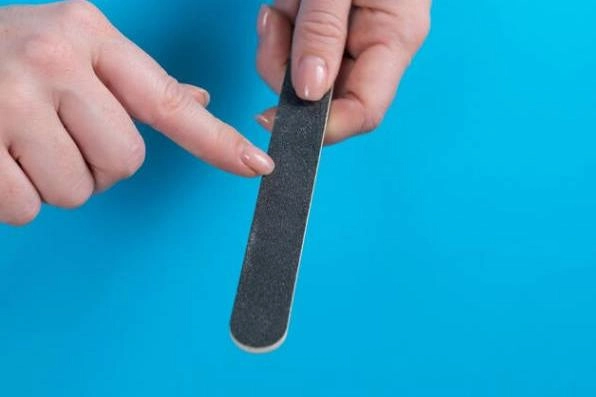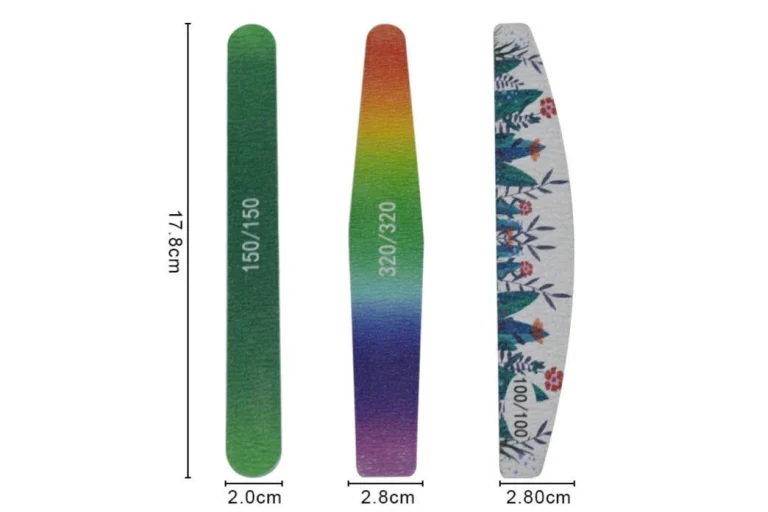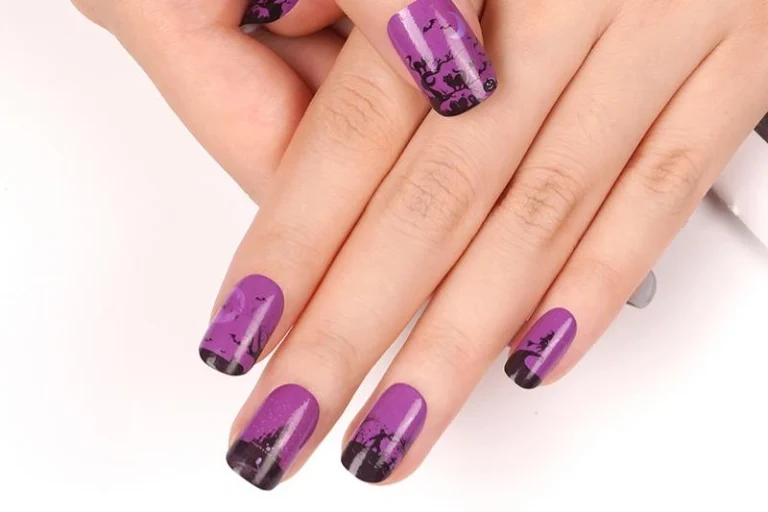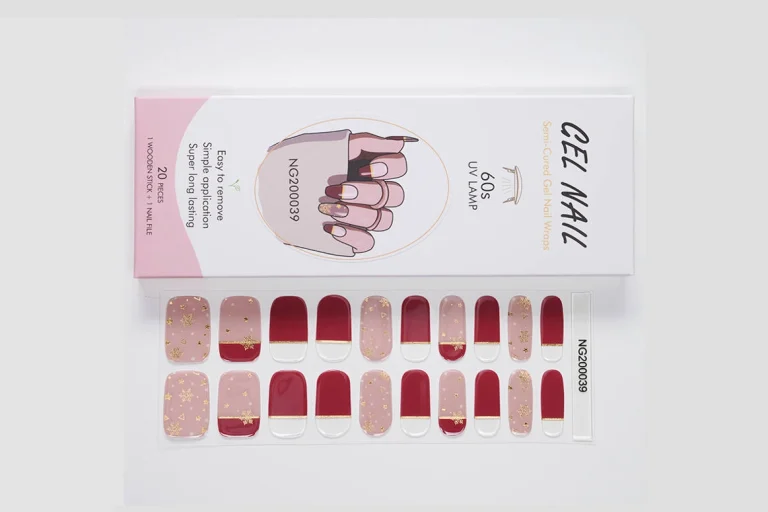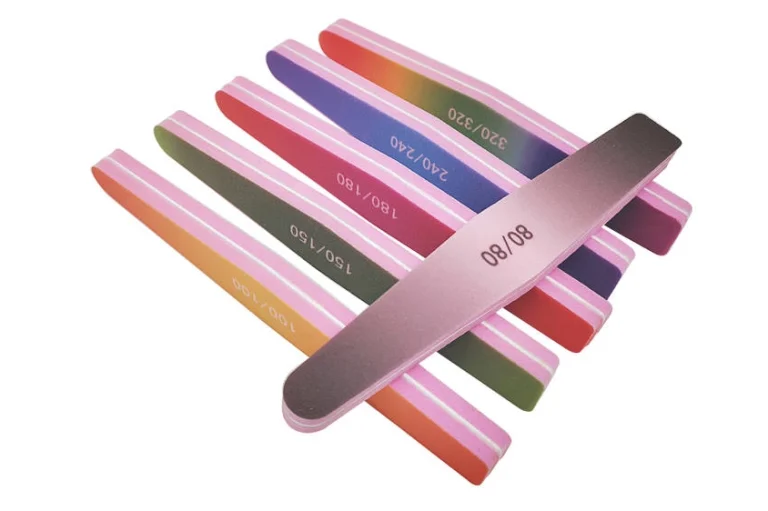When it comes to healthy, radiant nails, many focus only on polish or treatments. Yet, one of the most underrated tools in nail care is the nail buffer. Knowing why a nail buffer matters and how it boosts nail health can transform your manicure routine. It can go from basic to professional-level care. Whether you love beauty or just want neat, natural nails, using a quality nail buffer is essential.
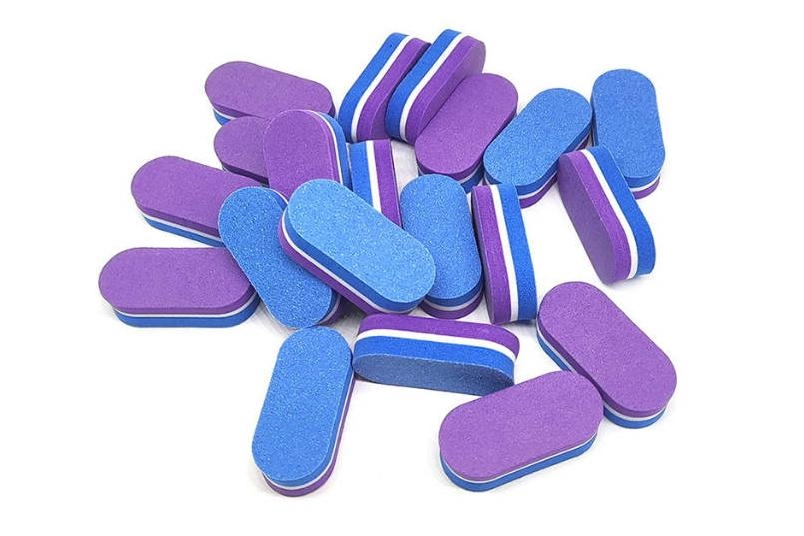
What a Nail Buffer Does
A nail buffer’s main job is to smooth ridges, remove surface stains, and create an even nail texture. This process preps nails for polish or makes them look naturally glossy when bare. Buffing also boosts blood flow in the nail bed. This encourages healthier nail growth over time.
Professional, high-quality mini nail buffer blocks use soft sponge and emery materials. They gently refine and polish nails without harm. These tools suit both home users and salon experts who want to keep natural nails in top shape.
How Buffing Supports Nail Health
Buffing isn’t just about looks. It plays a big role in nail health. It removes dead cells from the nail’s surface. This prevents buildup that could cause discoloration or infections. Buffing also improves blood flow to the nail matrix, the area under the skin. This leads to stronger, faster-growing nails.
High-quality four-way nail buffer blocks with custom logos offer multiple grits. They shape, smooth, buff, and shine nails. These are all-in-one tools. Regular buffing reduces peeling and breakage. It keeps nails smooth, so they’re less likely to snag on fabrics or break unevenly.
Achieving a Natural Shine with Buffing
Buffing can give nails a glossy finish without any products. It smooths imperfections with finer grit surfaces. This allows light to reflect evenly off the nail. The result is a natural shine.
Felice’s two-color-in-one mini nail buffers are great for this. Their ultra-fine polishing sides leave nails gleaming without polish. They’re perfect for those who want a simple look or need polish-free nails for work.
Buffing vs. Other Nail Care Methods
Buffing is different from filing. Filing shapes the nail’s edges. Buffing refines the top surface. Filing uses coarser grits to trim or shape. Buffers use finer grits for smoothing and shining.
Cuticle treatments or moisturizers focus on the skin around the nail. Buffing improves the nail plate itself. Unlike gel polishes or overlays that add layers, buffing enhances your natural nails. It’s key for those seeking natural beauty.
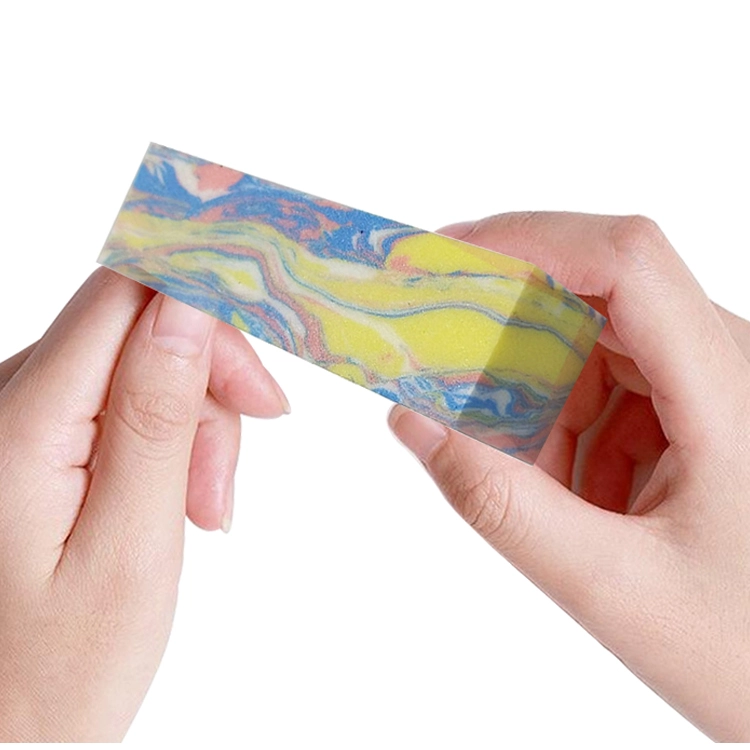
Picking the Right Nail Buffer
Not all buffers are the same. Your choice depends on your needs—prepping for polish or maintaining bare nails. For example:
- Extra coarse mini black nail buffer blocks (Model #: FLS-NB-011) with 80# 100# grit work for heavy-duty smoothing.
- High elastic sponge four-way buffer blocks (Model #: FLS-NB-008) offer versatility. Each side has a different grit, from coarse shaping to fine polishing.
- Cute heart-shaped mini buffers are great for travel kits or gifts. They’re small and stylish.
Consider your nails’ condition. For brittle or peeling nails, use softer grits. For healthy but dull nails, focus on polishing sides.
How to Buff Nails Properly
- Clean Nails: Start with clean, dry nails. Remove all polish.
- Shape Edges: File if needed before buffing.
- Coarse Side: Use a coarse grit (e.g., 80#) for visible ridges.
- Medium Grit: Switch to medium grit (100–180#) to refine texture.
- Fine Grit: Use fine grit (240–320#) to smooth further.
- Polish Side: Finish with the ultra-fine side for shine.
- Moisturize: Apply cuticle oil or hand cream after.
Felice’s 9.5 x 2.5 x 2.5 cm four-sided blocks make these steps simple, even at home.
Mistakes to Avoid When Buffing
Over-buffing is a common error. It can thin nails, making them prone to damage. Don’t use coarse sides too often. Once every few weeks is enough, unless you have deep ridges.
Using low-quality tools is another mistake. They can wear out fast or scratch nails. Felice’s salon-grade buffers, made with high elastic sponge and emery, are durable and safe.
Avoid buffing wet nails. They tear more easily during friction.
How Often to Buff Nails
For most, light buffing every two weeks is enough. Polishing should happen once a month, unless nails are stained or dull.
If your nails are fragile or thin, buff less often—maybe every six weeks. Always use gentle pressure.
Why Add Buffing to Your Routine
Buffing offers both beauty and health benefits:
- Gives natural shine without chemicals.
- Preps nails for better polish adhesion.
- Prevents chipping by smoothing edges.
- Boosts growth through better circulation.
- Keeps nails neat, reducing manicure frequency.
Felice’s range—from mini blocks for travel to professional-grade buffers—fits any lifestyle.
You can also shop all nail beauty products from Felice. It’s a one-stop solution. Get trusted products from a reliable source.
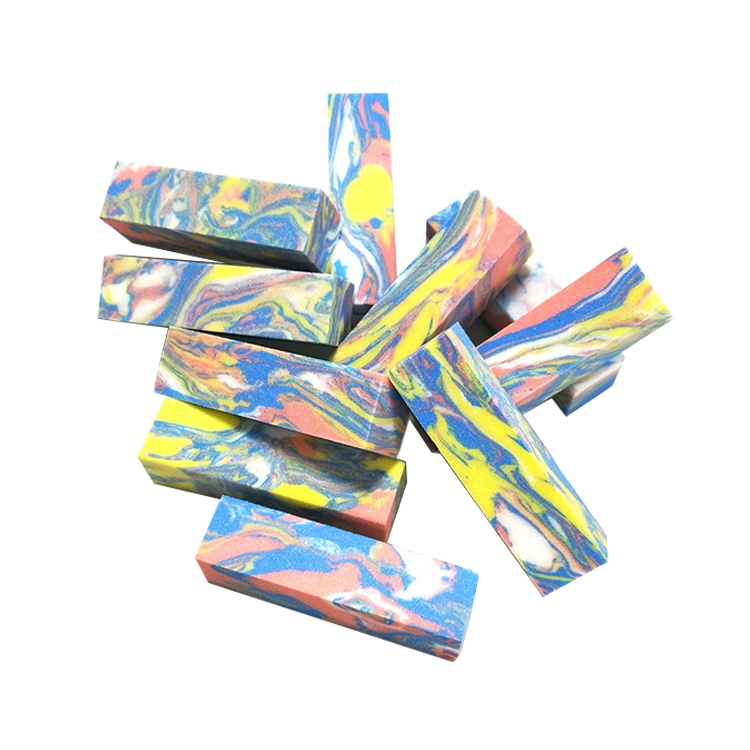
Ready to improve your manicure and nail health? A quality buffer is a must. Felice is the perfect choice.
We focus on honest, high quality, first-class service. We warmly invite customers from home and abroad to visit our company. Let’s discuss cooperation.
Choose Felice for a professional, reliable partner. Explore our collection today—from strong mini buffers for tough ridges to colorful blocks ideal for gifts. Let Felice help you achieve radiant nails, one buff at a time!
FAQ
Q: What’s the difference between a nail buffer and a nail file?
A: You use a nail file to shape and shorten your nails. It works on the edges. A nail buffer does something else. It smooths and polishes the top of your nail. This improves its texture and shine. Buffers usually have several sides. Each side has a different grit. Files are mostly just for shaping.
Q: Can buffing my nails help them grow?
A: Buffing won’t make your nails grow faster. But it can help them grow healthier. Gentle buffing boosts blood flow in the nail bed. This feeds the nail matrix. Over time, this might lead to stronger nails.
Q: Is buffing okay for every type of nail?
A: Buffing is usually safe. But be careful if your nails are very thin, weak, or damaged. Choose a buffer with finer grits. Don’t buff too much. This avoids making them weaker. Always talk to a pro if you’re worried about your nails.

